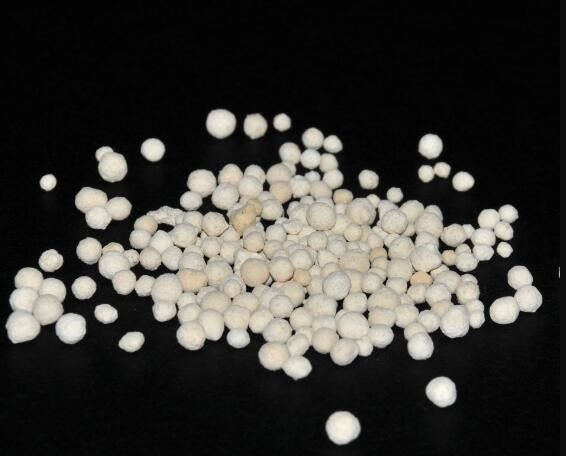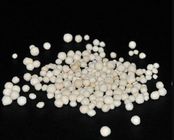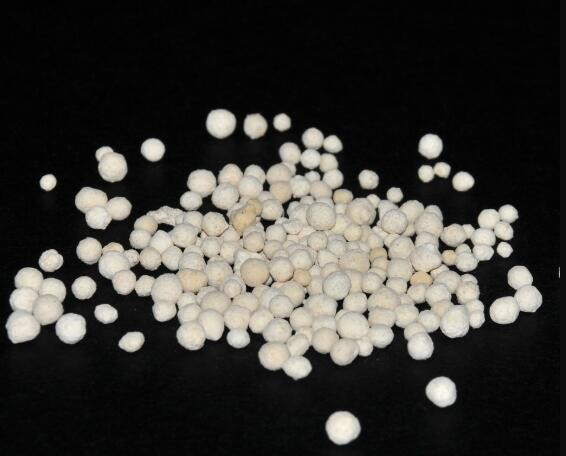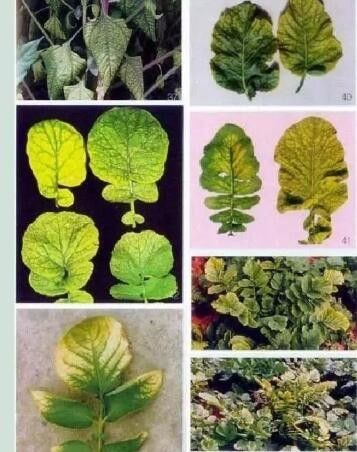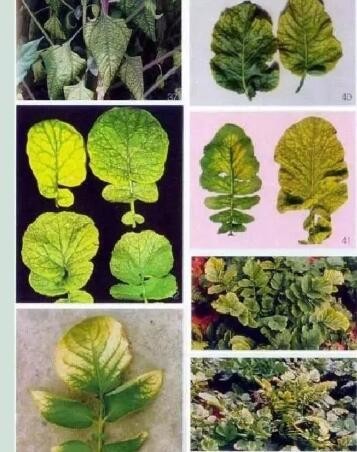Agricultural Grade Powder Magnesium Sulfate Granule CAS No:14567-64-7 for Soil fruits and vegetables
Molecular formula: MgSO4·H2O Molecular weight: 138.37 CAS No: 14567-64-7
Total magnesium oxide 25%
Water-soluble magnesium oxide 21%
Granularity 2-5mm
Appearance: Gray granule or powder
Magnesium deficiency in crops may be due to strong soil acidity, high calcium content in the soil, or too much potassium fertilizer, which induces magnesium deficiency. The amount of magnesium fertilizer applied varies with soil crops.
The effect of magnesium sulfate fertilizer:
High multiple cropping of fruits and vegetables, high input and excessive fertilization or nutrient imbalance are prone to physiological problems. At present, magnesium deficiency in melons, fruits and vegetables is common in our city, which seriously affects the yield and quality of crops. It must be paid attention to by agro-technicians and farmers. The crops lack magnesium, the color of the middle and lower leaves fade, and the veins of the leaves generally remain green, but the leaf flesh is yellowed and looks like "ribs", and even the leaves are scorched and plant growth is blocked. To correct the physiological magnesium deficiency of crops, it is necessary to promote balanced fertilization techniques and rational use of organic fertilizers and chemical fertilizers; promote paddy and dry crop rotation and crop rotation between crops; proper application of magnesium sulfate is a very effective measure that can significantly alleviate the symptoms of magnesium deficiency.
According to experiments, magnesium sulfate (containing MgO26%-28%) per mu is about 7.5 kg as a base fertilizer.
Agricultural Grade Magnesium Sulfate heptahydrate
In agriculture and horticulture, magnesium sulfate is used to correct magnesium-deficient soils (magnesium is an essential element of the chlorophyll molecule). This is most commonly used for potted plants, or magnesium hungry crops such as potatoes, roses, tomatoes, peppers and hemp. The advantage of using magnesium sulfate over other magnesium magnesium sulfate soil amendments (such as dolomitic lime) is its high solubility.

Magnesium sulfate fertilizer, powder, total magnesium oxide content of 25%, water-soluble magnesium oxide content of 8%, slightly soluble.
Different soils have different magnesium content, so the effect of applying magnesium fertilizer is different. Generally, acid soil, marsh soil and sandy soil contain lower magnesium content, and the effect of applying magnesium fertilizer is more obvious.
Magnesium content in different plants is different. Magnesium is mostly present in the leaves at the early stage of growth, and then transferred to the seeds at the fruiting stage and stored in the form of phytate. Magnesium participates in chlorophyll synthesis and photosynthesis, protein synthesis, and magnesium activation in plants. When a plant lacks magnesium, its prominent manifestation is that the content of chlorophyll decreases and chlorosis occurs. Due to the strong mobility of magnesium in the phloem, the symptoms of magnesium deficiency often first appear on old leaves and gradually develop into new leaves. When magnesium is deficient, plants are short and grow slowly. When dicotyledonous plants are magnesium-deficient, the veins of the veins become chlorosis, and gradually turn from light green to yellow or white, and brown or purple-red spots or streaks of different sizes will appear; when severe magnesium deficiency, the entire leaf will die. When gramineous plants are magnesium-deficient, dark green spots appear in the chlorophyll accumulation at the base of the leaves, and the rest are light yellow; when severe magnesium deficiency, the leaves fade and become streaks, especially necrotic spots appear at the tip of the leaf.

 Your message must be between 20-3,000 characters!
Your message must be between 20-3,000 characters! Please check your E-mail!
Please check your E-mail!  Your message must be between 20-3,000 characters!
Your message must be between 20-3,000 characters! Please check your E-mail!
Please check your E-mail!

